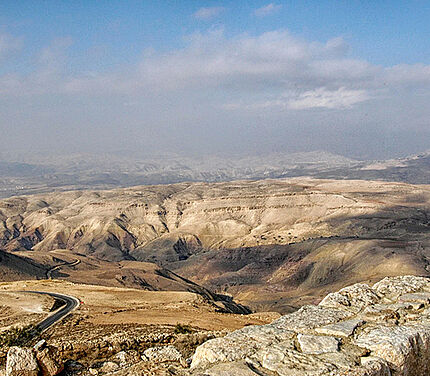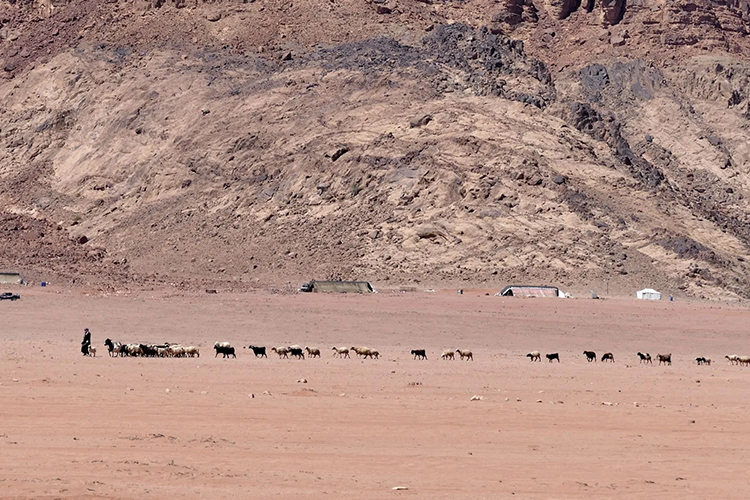ASIA
Jordan
Area: 89,342 km²
Geography: Whereas the east of the country is an arid plateau, soils are fertile and there are relatively abundant rainfalls in the north west of the country. Jordan´s water resources in total are among the lowest in the world. As a result, non-cultivated rangeland (arid and semi-arid rangeland as well as steppes) covers around 93.3% of the country's area. Livestock often represents the main source of income for communities. (UNDP, 2014)
Land Degradation: Among the most common sources of land degradation are plowing, overgrazing in rangelands and excessive woodcutting in forested areas. In addition, irrigated highlands are affected by increasing soil salinity or alkalinity. A World Bank study in 2004 estimated that the economic cost of environmental degradation in Jordan was 3.1% of GDP annually comprising a total of USD 300 million. (UNDP, 2014)
Sustainable Land Management: A number of national sectoral strategies, plans and policies have been produced in Jordan to combating desertification in the country, and to obligations under CBD and UNFCCC. The traditional Hima system of Jordan is regarded as being a successful means of integrating nature conservation with human activities. (UNDP, 2014)

ELD ACTIVITIES
-
Case Study (2015)
Title: An economic valuation of a large – scale rangeland restoration project through the Hima system in Jordan.
Authors: Myint M.M., Westerberg V.
Scope and findings: The study presents an ex-ante cost-benefit analysis of large-scale rangeland restoration through the 'Al-Hima' land management system within the Zarqa River Basin in Jordan, building on experience of a pilot initiative by IUCN and the Jordanian Ministry of Agriculture. Benefits of large-scale rangeland restoration from the Hima system were found to significantly outweigh the management and implementation costs.

CONTACT
ELD Secretariat
E-Mail: info@eld-initiative.org
